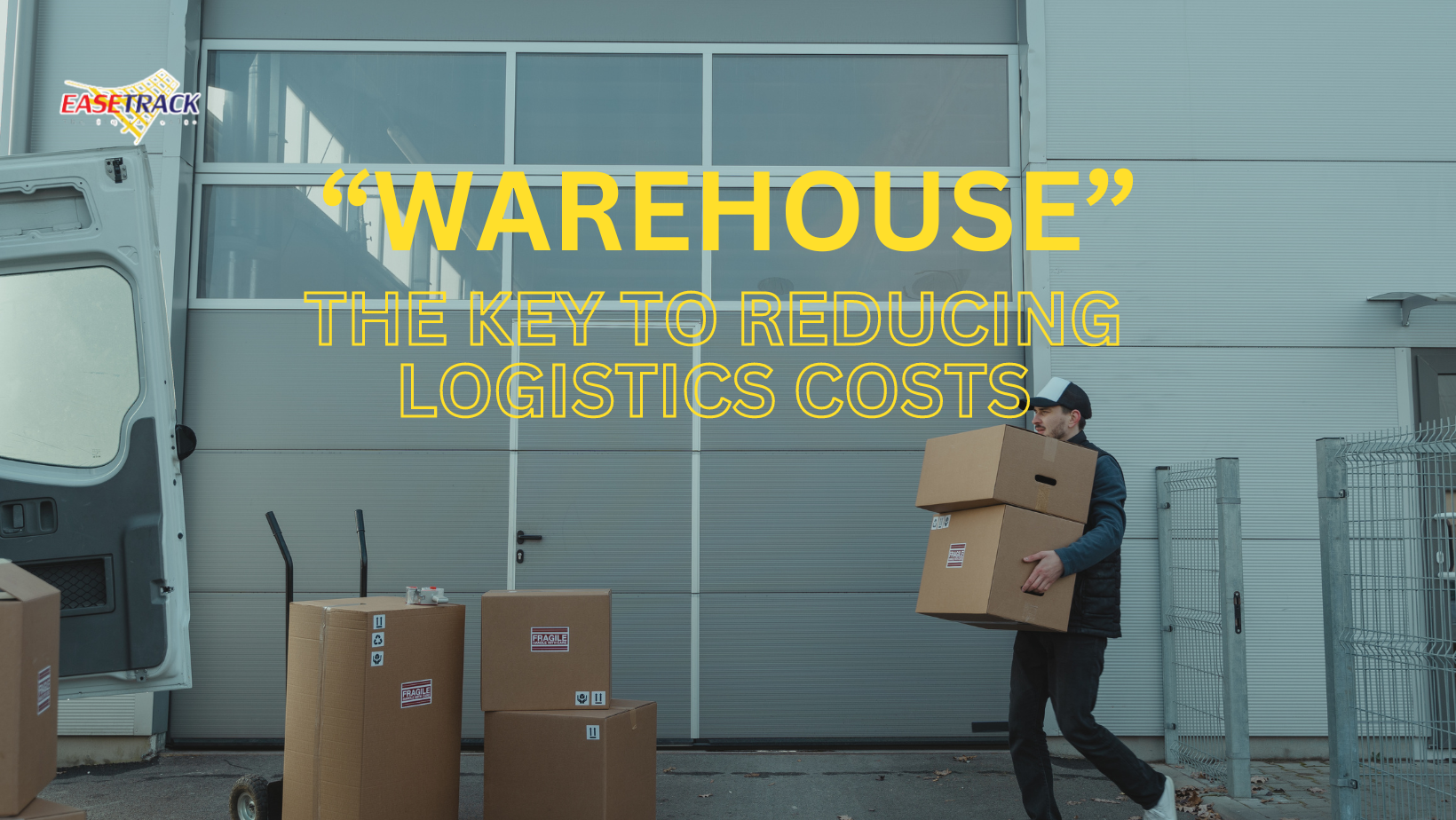
Everyone is familiar with warehouses – where large quantities of goods are accumulated before they are sent to customers. Warehouse management isn’t just about storing clothes and shoes. But it can be called a complex product management center. Storage, management, and transportation are important things to consider. Because each type of product has significantly different characteristics and storage methods. So before we talk about the types of inventory. We must first get to know the complexity of management in this area and then go into the details of each type.
Inventory is divided into 3 types.
-
- Raw materials and supplies: This is inventory waiting to be imported into production. There has been no change in condition, such as computer parts, plant products.
- Work in process (Work in process): It is inventory that is in the process of being produced. or about to change the condition, such as a shirt that has already been woven But waiting to be buttoned or ready-made food that has been processed but it hasn’t been packed yet.
- Finished good and product: It is inventory that has already been produced. Conditions have changed. and waiting for distribution, such as ready-made food Household appliances
Each type of inventory is different in terms of movement and flexibility. Most raw materials and materials are the most flexible because the product can be easily released whereas ready-made products are less flexible. Since it cannot be put to immediate use, reducing this type of inventory is the main objective of the organization.
The complexity of warehousing is not limited to just that.
But there is also a more detailed and deeper working process. Whether it is receiving products, storing them, managing products within the warehouse. Do not cause damage and release products from the warehouse systematically.
Warehouse gives us more “income”
That’s right, have more income. You definitely won’t read it wrong. Because of systematic warehouse management This will allow us to calculate the amount of products appropriately. There are no products in stock. Fewer picking errors occur. Delivering products correctly makes work more efficient. This way you won’t waste income on unnecessary mistakes and will result in more income as well.
Income that comes from “reduced costs”
Logistics costs come from 3 parts: transportation costs; Management costs and the cost of maintaining inventory that covers both product holding costs and warehouse management costs.
Guidelines for warehouse management To reduce inventory costs as follows:
- Control ordering costs
We should use technology to help create purchase orders (Purchase Order: PO), use the Electronic Data Interchange: EDI system to transmit order information (PO), use the advance delivery notification system. Before products arrive at the warehouse (Advance Shipping Notices: ASNs), including using a supplier evaluation system and maintenance of tools in the warehouse.
- Determine the appropriate amount of inventory.
Determining the amount of inventory Or what is called Safety Stock in order to have enough products to transport to customers. Can increase customer satisfaction This results in more income from satisfied customers. and also reduces the occurrence of product shortages Losing the opportunity to transport products according to orders as well.
- Move inventory
Move products from one warehouse go to another warehouse (Transfer) when some products are too much. To equalize product quantities, it has a positive effect on inventory management.
- Effective use of warehouse space
We should design the space for storing products appropriately. It may start with arranging the products to fit the space. Doesn’t waste space Including taking non-moving products (Dead Stock) out of the warehouse first.
- Inventory tracking
Can use technology to determine location And track products within the warehouse by using WMS along with scanning barcodes on products and pallets and recommending locations for storage on racks, which will help reduce product storage time. and excellent product picking
However, warehouses cannot operate manually. If there is a lack of a correct management system And the best way is to use WMS (Warehouse Management) to manage the warehouse. Because data is stored Real-time processing and calculate accurately in every function
Source: mologtech
